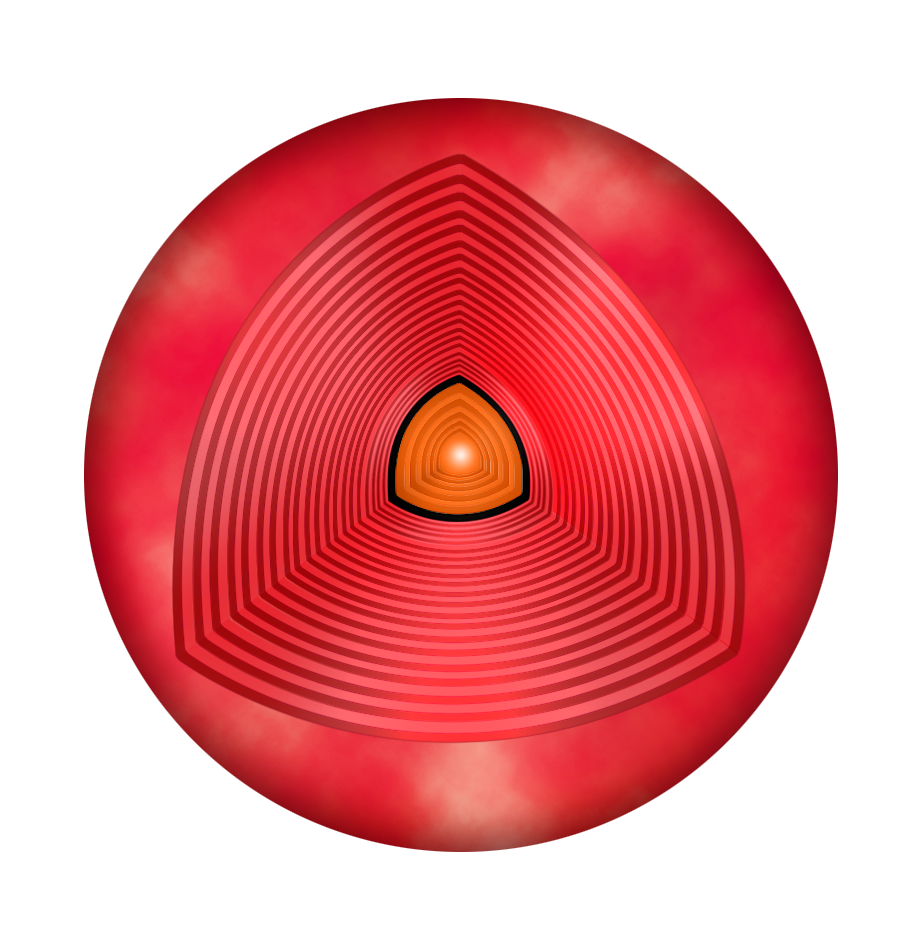Max Planck Institute for Solar System Research | 2019 Jun 27
A group of red giants discovered four years ago seems to be old and young at the same time. Scientists now prove that they are indeed old – and a result of star mergers.
Four years ago, several red giant stars were discovered to pose a paradox: even though they are built from very old stellar material, their large masses indicate a clearly younger age. Scientists from the Max Planck Institute for Solar System Research (Germany), Aarhus University (Denmark), and Ohio State University (USA) have now solved the apparent contradiction. For the first time, they investigated the abundances of carbon, nitrogen, and oxygen swirled from the nuclei of these stars to their surfaces. This allows for an indirect look at processes deep within. Several of the investigated red giants must have merged with others during an advanced stage of stellar evolution, the researchers conclude. In these cases, mass is not a suitable criterion for age determination; the stars are indeed old.
- Towards the end of their lifetime, main sequence stars, such as the Sun, turn into red giants. The layer in which massive plasma flows transport hot material to surface then expands to the core. In this way, nuclear material can reach the surface of the star - and allows for an indirect view into the interior. © SAGE-group/MPS
Main sequence star, red giant, white dwarf - in the course of their lifespan covering millions or even billions of years, stars pass through different stages of stellar evolution - all differing greatly in appearance. Yet, stars do not reveal their ages easily, at least not at first glance. The duration of each phase differs too greatly from star to star. With deeper look, however, researchers can reconstruct the star’s life story. Various methods now make it possible to reliably determine the age of a star.
But there are tricky cases: Four years ago, two groups of researchers led by the Leibniz Institute for Astrophysics and the Max Planck Institute for Astronomy discovered confusing red giant stars. The results of different age measurements diverged by a full four billion years. "The stars seemed to be old and young at the same time," Dr. Saskia Hekker from MPS and the University of Aarhus in Denmark, who was part of both discovery teams at the time and is now the first author of the new study, recalls. "This apparent paradox has intrigued me ever since”, she adds. Together with her colleague Dr. Jennifer A. Johnson from Ohio State University, she has now solved the mystery of some of these stars. Both researchers are convinced that the strange stars only feign youthfulness. ...
Origin of α-Rich Young Stars: Clues from C, N and O ~ Saskia Hekker, Jennifer A. Johnson
- Monthly Notices of the RAS 487(3):4343 (Aug 2019) DOI: 10.1093/mnras/stz1554
- arXiv.org > astro-ph > arXiv:1906.10830 > 26 Jun 2019
- Astronomy & Astrophysics 576:L12 (Apr 2015) DOI: 10.1051/0004-6361/201525865
- arXiv.org > astro-ph > arXiv:1503.06990 > 24 Mar 2015
- Monthly Notices of the RAS 451(2):2230 (Aug 2015) DOI: 10.1093/mnras/stv1071
- arXiv.org > astro-ph > arXiv:1412.3453 > 10 Dec 2014 (v1), 11 Jun 2015 (v2)
